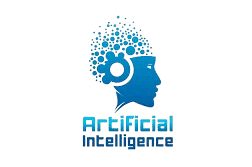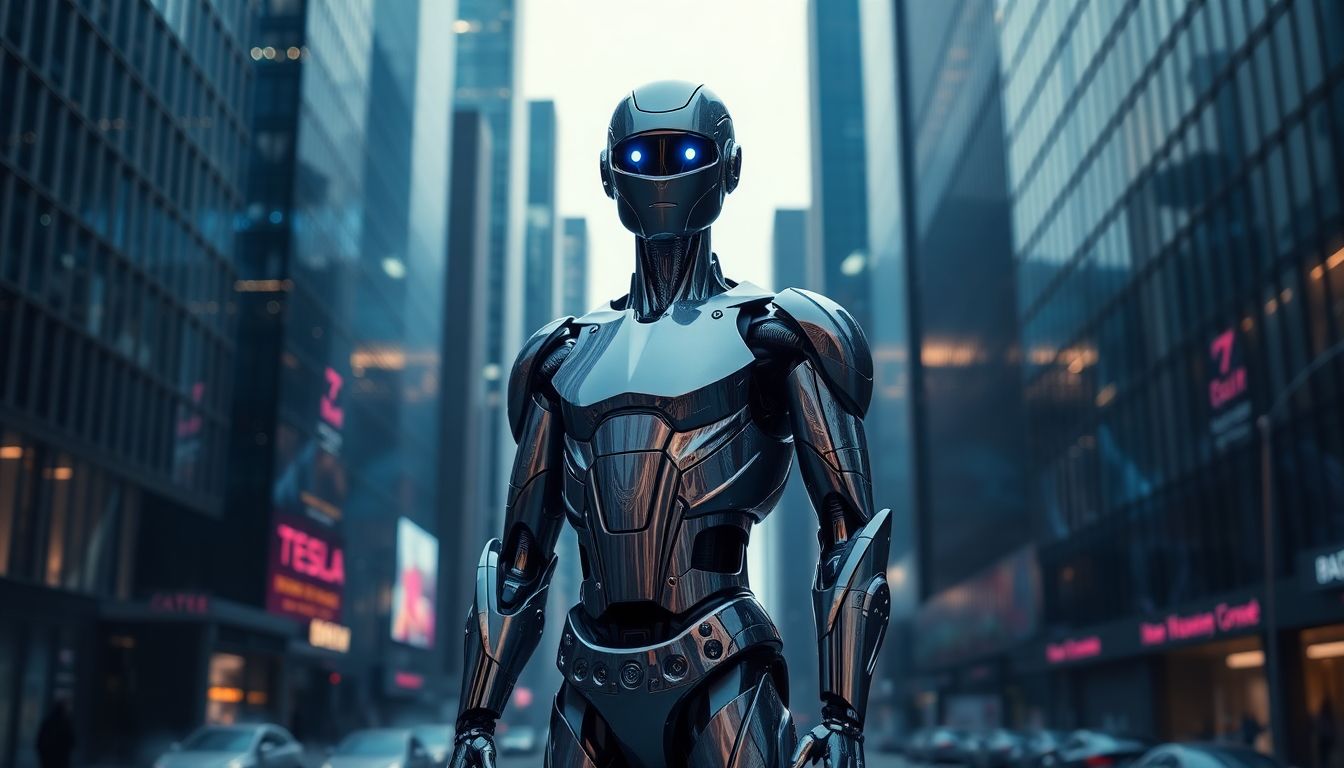Who is Sophia and How Does She Work?
Sophia is not just plastic and wires. She is a humanoid robot designed to mimic human behavior and interactions. Let’s explore how she works.
The Science and Technology Behind Sophia
Sophia was created by Hanson Robotics. She has a human-like face capable of expressing emotions and an AI system that allows her to converse. Motors enable her to smile, frown, and make other facial expressions. Her AI uses software to interpret facial expressions and language, allowing her to respond contextually to conversations. Sophia combines advanced hardware and software to act and look like a human.
Capabilities and Limitations
Sophia can speak and respond to questions, even engaging in small talk about topics like the weather. However, she does not truly understand or feel emotions. While she can mimic human expressions, she lacks genuine consciousness or independent thought. It’s important to separate the marketing hype from the reality of her capabilities.
How Sophia Changed the Way We See AI and Robotics
Sophia has made headlines and sparked conversations about AI and robotics. But is she a true breakthrough or just a novelty?
Contributions to AI Research
Sophia has helped researchers explore new ideas in AI and robotics. Her existence has prompted discussions about the ethical implications of AI, such as whether robots should have rights and how human-like they should be. Sophia has brought these questions to the forefront of public debate.
Sophia’s Impact on Pop Culture
Sophia has appeared in magazines, on TV, and at events, shaping public perceptions of AI. Some people are fascinated by her, while others are wary. Her presence has increased awareness of AI, sparking both excitement and concern.
The Controversies and Criticisms of Sophia
Not everyone is impressed by Sophia. Critics argue that she is overhyped and misleading.
Worries About Deceptive Advertising
Some experts believe Sophia is not as intelligent as she appears. They argue that her marketing creates unrealistic expectations about AI capabilities. It’s important to understand the limitations of AI and avoid overstating its current potential.
Ethical Concerns About Humanoid Robots
Humanoid robots like Sophia raise ethical questions. Could they deceive people into thinking they are more human than they are? How might they impact jobs and human relationships? These are important issues to consider as AI technology advances.
Applications in the Present and Future Possibilities
Despite the controversies, robots like Sophia could have practical applications in various fields.
Healthcare and Elderly Care
Sophia could assist in healthcare settings by providing companionship to elderly patients or helping with basic tasks. She could serve as an additional resource for medical professionals, offering comfort and support to patients.
Education and Customer Service
Robots like Sophia could revolutionize education by teaching students or assisting in classrooms. They could also be used in customer service roles, providing immediate and helpful responses to inquiries. These applications could transform industries and improve efficiency.
Conclusion
Sophia is a mix of technology, hype, and unanswered questions. She showcases the progress of AI while also highlighting its limitations. Whether she is a glimpse of the future or a marketing spectacle, Sophia has undoubtedly sparked important conversations about the role of AI in our lives.

